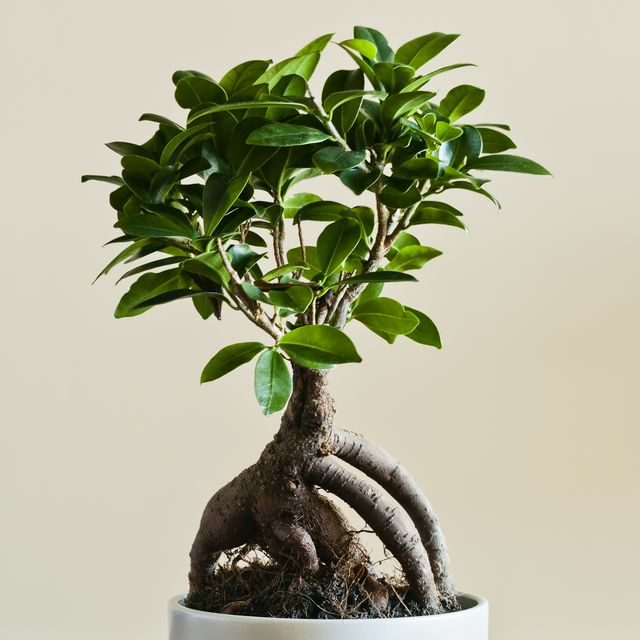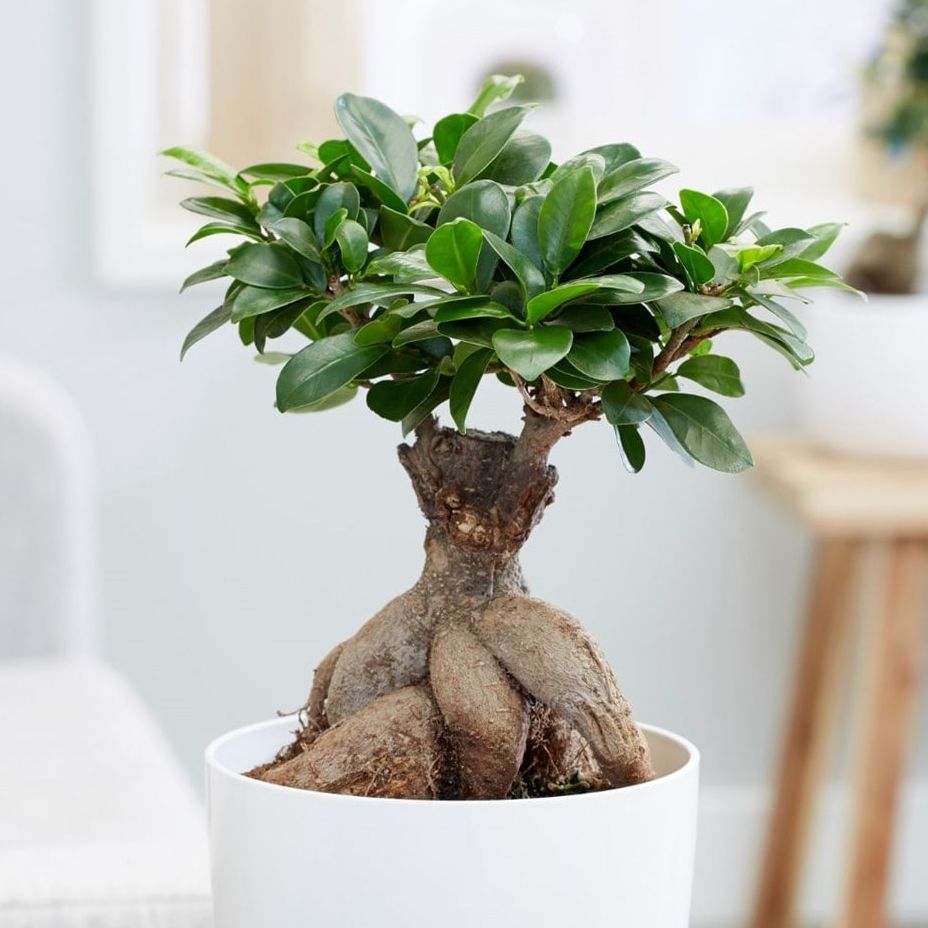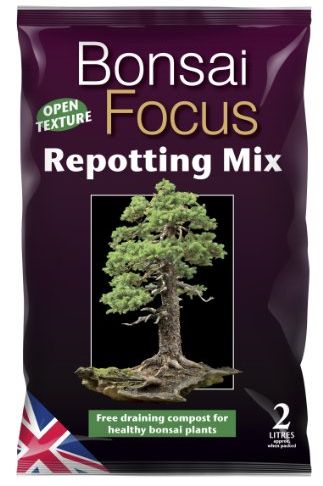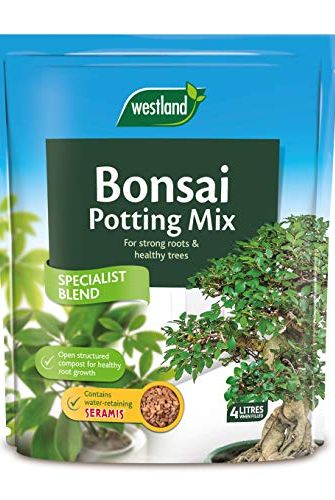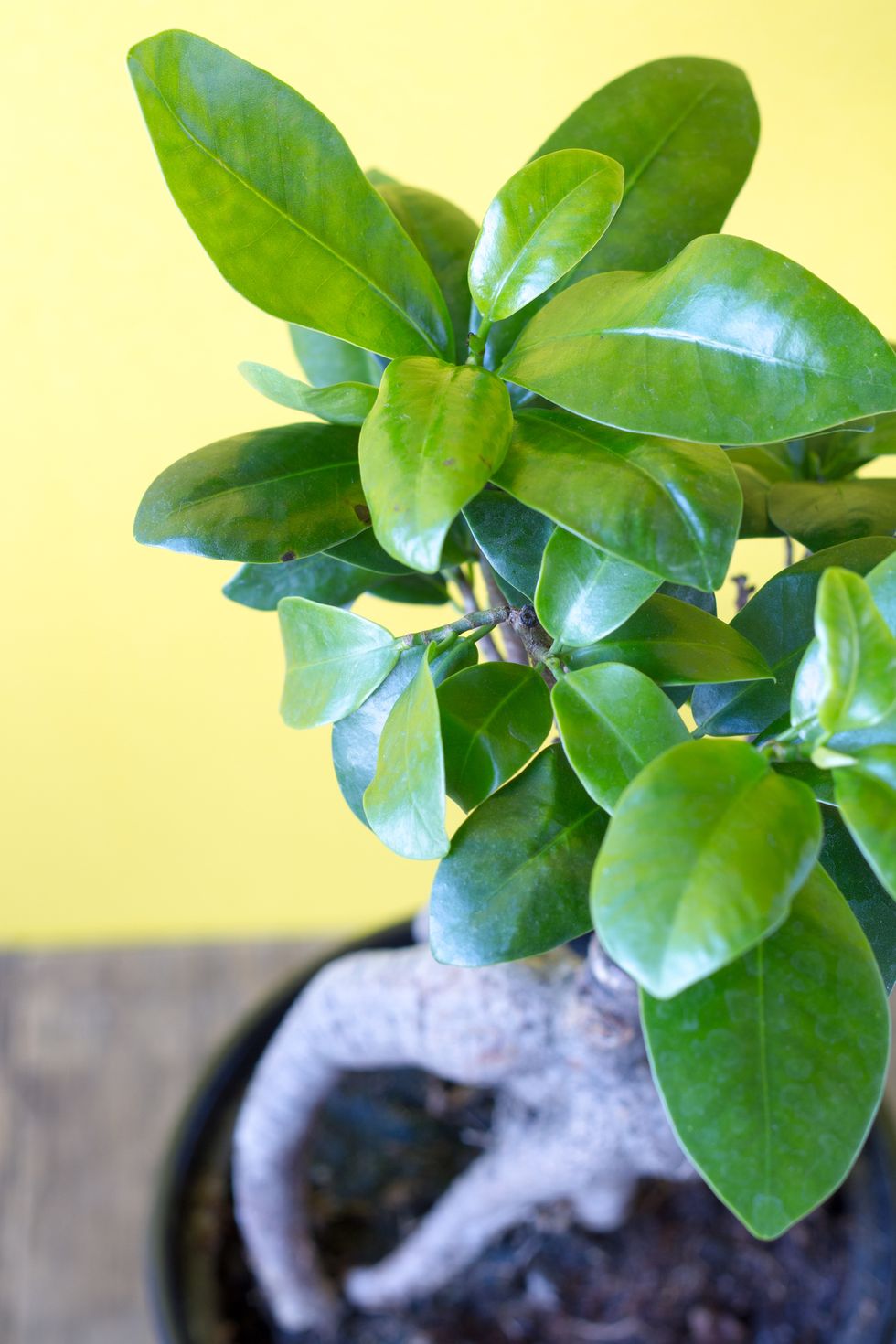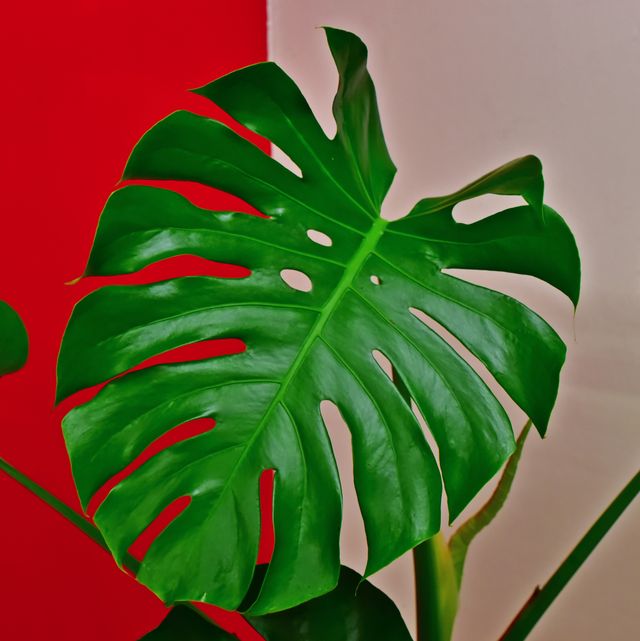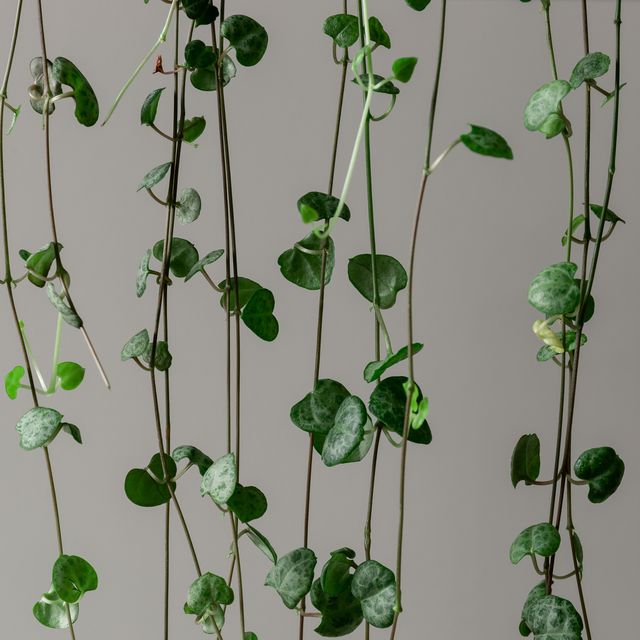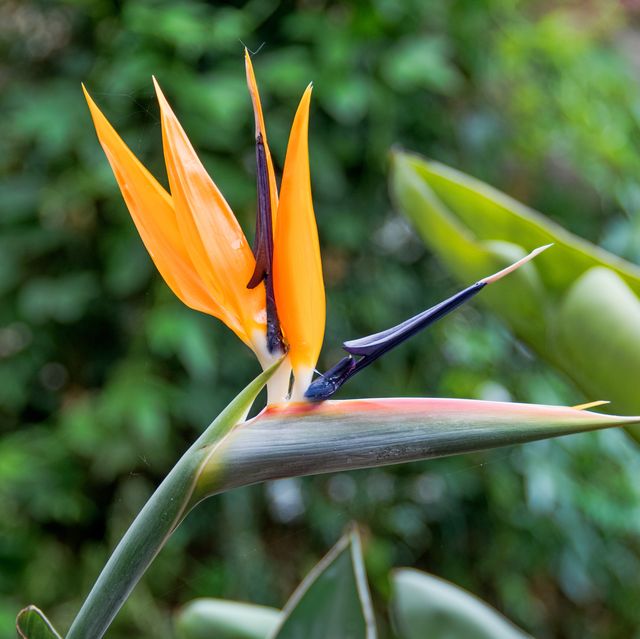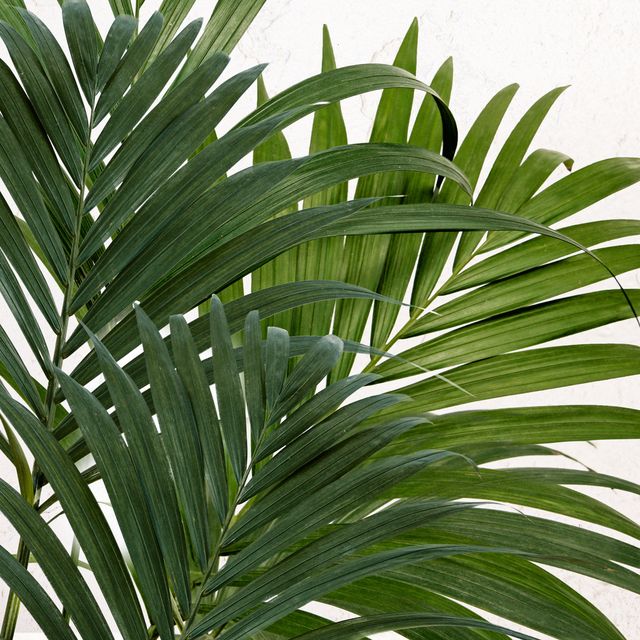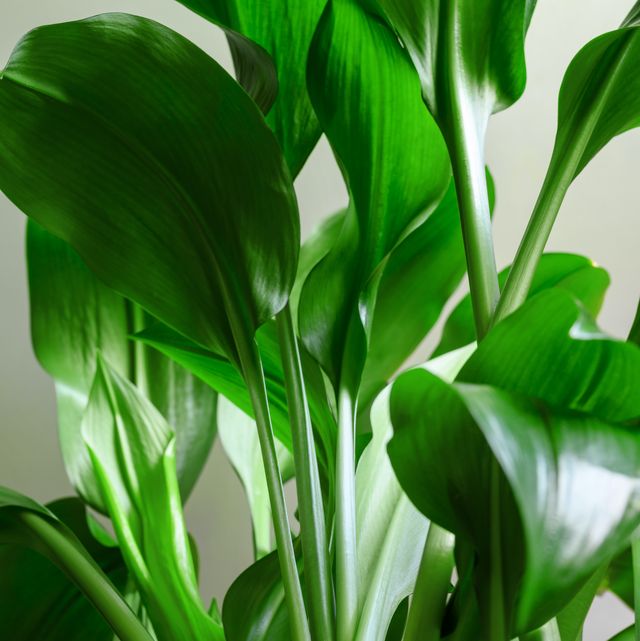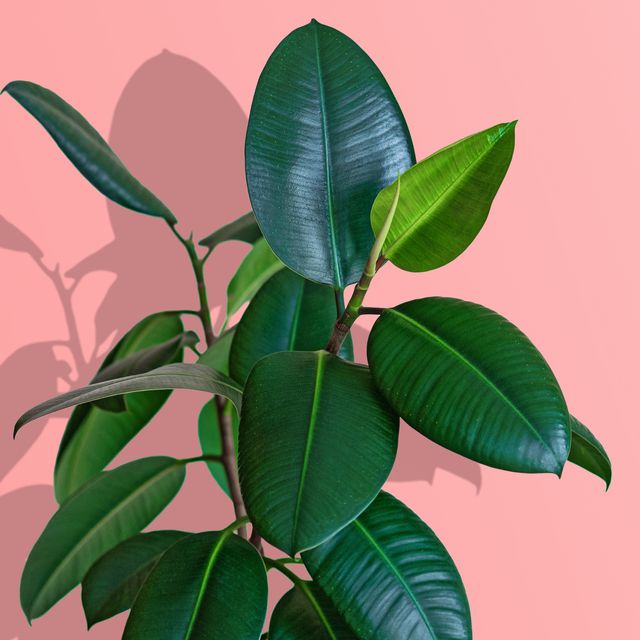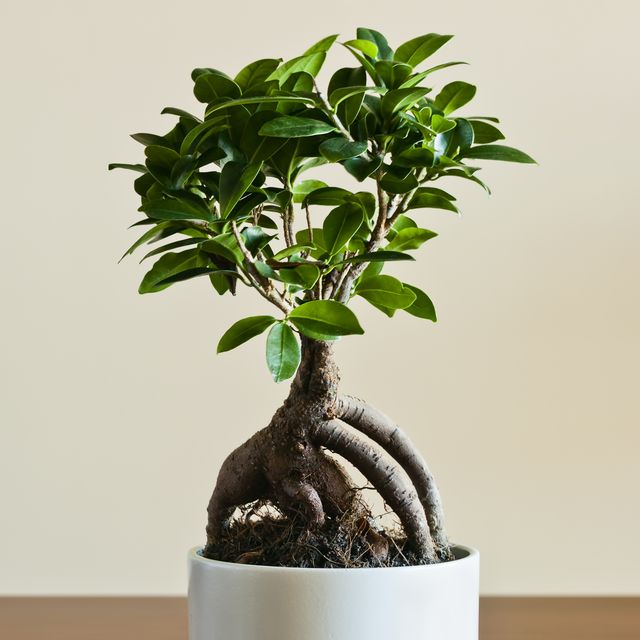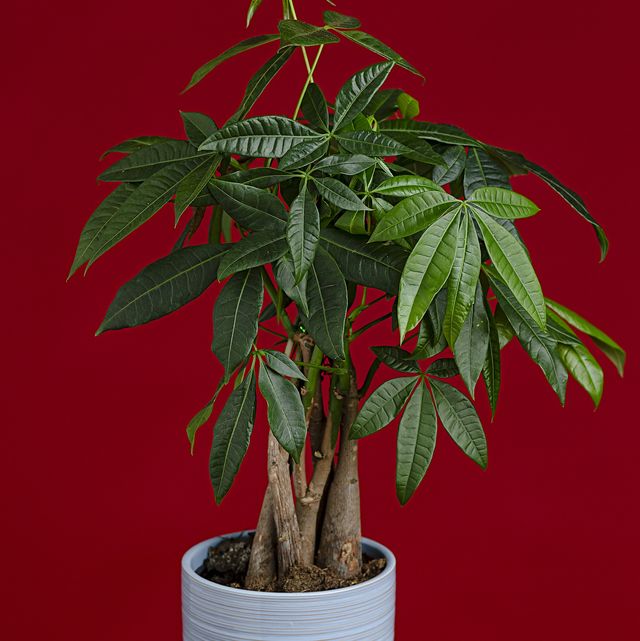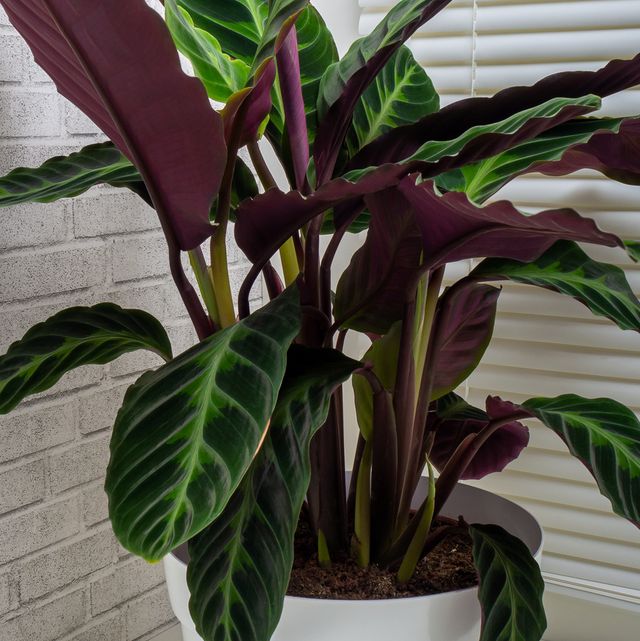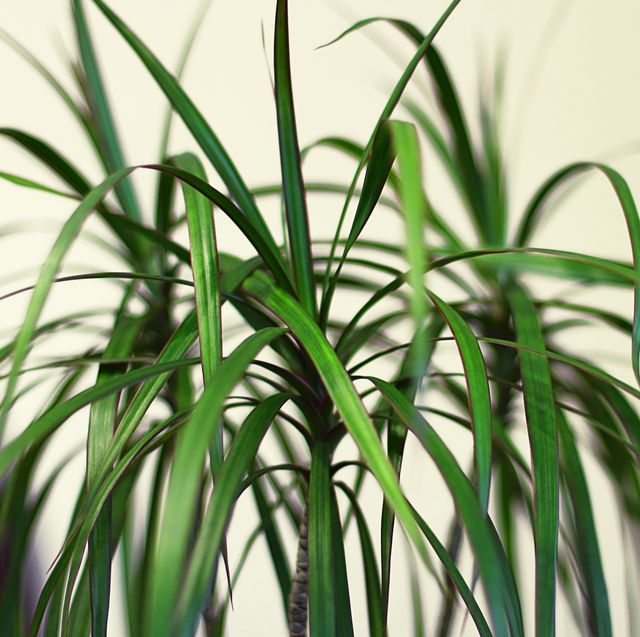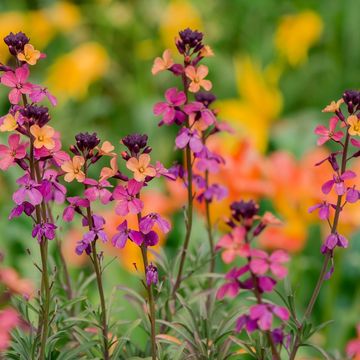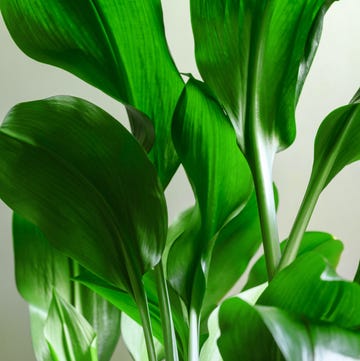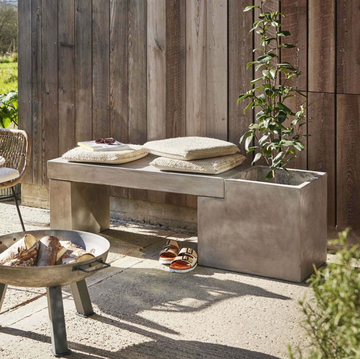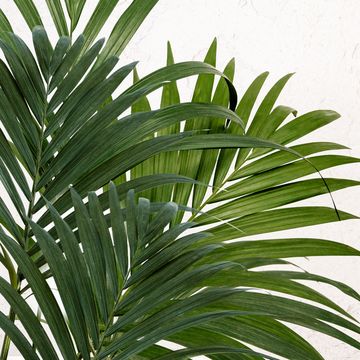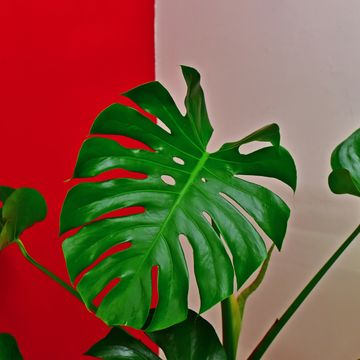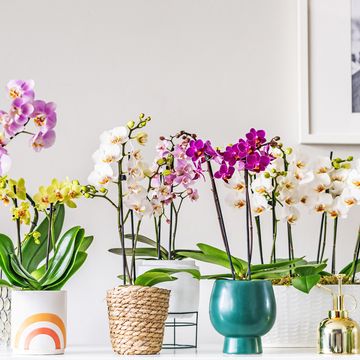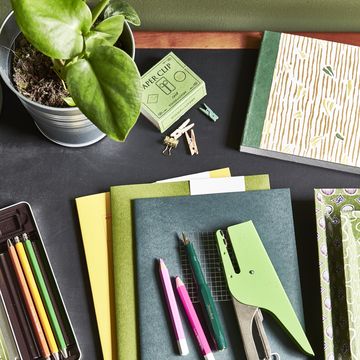Ficus ginseng are tiny trees steeped in history and make excellent additions to your houseplant collection. If you're interested in the ancient Japanese art of bonsai, this is the perfect starter plant. It requires minimal care compared to other bonsai, making it a great entry level option. You can start to learn the art of the bonsai and create your own zen garden in no time.
What is a Ficus ginseng and where did it come from?
The Ficus ginseng grows throughout the tropical parts of the world and is native to Southeast Asia. They have narrow elevated roots with a trunk that often resembles legs. The miniature tree has tiny leaves that come out of the crown of the plant, giving it an interesting look.
The art of bonsai utilises growing and training techniques of tiny trees. Through a lot of practice, root pruning, crown pruning, and root confinement, bonsai artists can create small trees that actually look like their full-sized versions.
Ginseng is a Chinese word that means roots. So the Ficus ginseng is named because of its unique roots and shape. Generally, if you were to buy one, your plant will already be quite mature as the popular bonsai trees will need to be nurtured before their thick trunks grow.
The Ficus ginseng at a glance
Botanical name: Ficus ginseng, Ficus retusa and Ficus microcarpa.
Other names: Ginseng Ficus, Bonsai tree, Ficus Bonsai.
Height and growth rate: Mature height is 31-61 cm. Slow grower.
Light: Direct sunlight.
Watering: Water when the soil slightly dries out.
Temperature: Indoor household temperatures.
Toxicity to pets: Toxic to pets.
Plant parent level: Beginner Level.
How to care for your Ficus ginseng
Light
The Ficus ginseng is a slow grower and really relies on having a good amount of light to grow. Placing the plant on a windowsill is a great option as long as it's filled with bright, indirect light. The best spot will be in a window that gets morning light. Afternoon sunlight may be too harsh for the plant.
Watering
Make sure you're watering your plant thoroughly, but only when the soil gets slightly dry. You don't want to overwater your plant so it's dripping because it can get fungal issues this way. It's best to keep the soil a bit moist during the summer and water less during the winter months as most of these plants will go dormant in the cooler months. Make sure your plant's roots are not sitting in water. A great way to avoid this from happening is to set the tree on top of a tray filled with pebbles. This will also help regulate humidity.
Temperature
Ficus ginseng trees do well in normal household temperatures. You want to avoid placing them anywhere too drafty as a quick change in temperature is never good for plants. Make sure you're misting your plant every so often to ensure it's humid enough. However, the waxy leaves of the plant will tolerate lower humidity if you don't have the best conditions. In the summertime, you can take your plant outside if the temperature is 15 celsius or above. As long as you keep it in the sun and make sure the soil stays moist, it should be okay.
Maintenance
When it comes to any bonsai tree, maintenance is really important. You will need to prune your plant to create the full look of a bonsai. If you want your trunk to thicken up, avoid pruning for a year or two. This will cause new shoots to grow from old wood. When you're ready to prune the plant back, most people say to prune back two leaves after six to eight have grown. Just make sure you're using sharp tools that have been cleaned to ensure your plant doesn't get a disease.
When it comes to repotting, you should always check the roots first. Plus, with Ficus ginseng, you really don't need to repot it every year since it's a slow grower. If it is time to repot your plant, you'll need to trim back the roots of the plant. Only take a little from the lower bit of the roots. This will help it settle into its new pot that you've filled with bonsai soil mix.
Common problems with a Ficus ginseng plant (and how to fix them):
Dropping leaves: Ficus ginseng can lose their leaves for a number of reasons. It could be because they are being overwatered or there isn't enough moisture in the air. They may not be getting enough light or they could be in a drafty spot. You really need to assess your personal situation because everyone's homes are different. It may take some time but you'll find the perfect place to keep your bonsai.
Fungal issues: If you overwater your Ficus ginseng, you may end up with fungus. If you start to see white or black fungus or mould, there may be a bigger problem. Before you do anything, make sure to move your infected plant away from the rest of your collection so that it doesn't spread. You'll then want to remove the tree from its pot. This is when you can check to see if there is root rot that is causing the fungus. Anything that looks like it's infected will need to be pruned away. Then you'll repot your tree into a clean pot with new bonsai soil. You can spray your plant with fungicide to kill any fungus that is left over.
